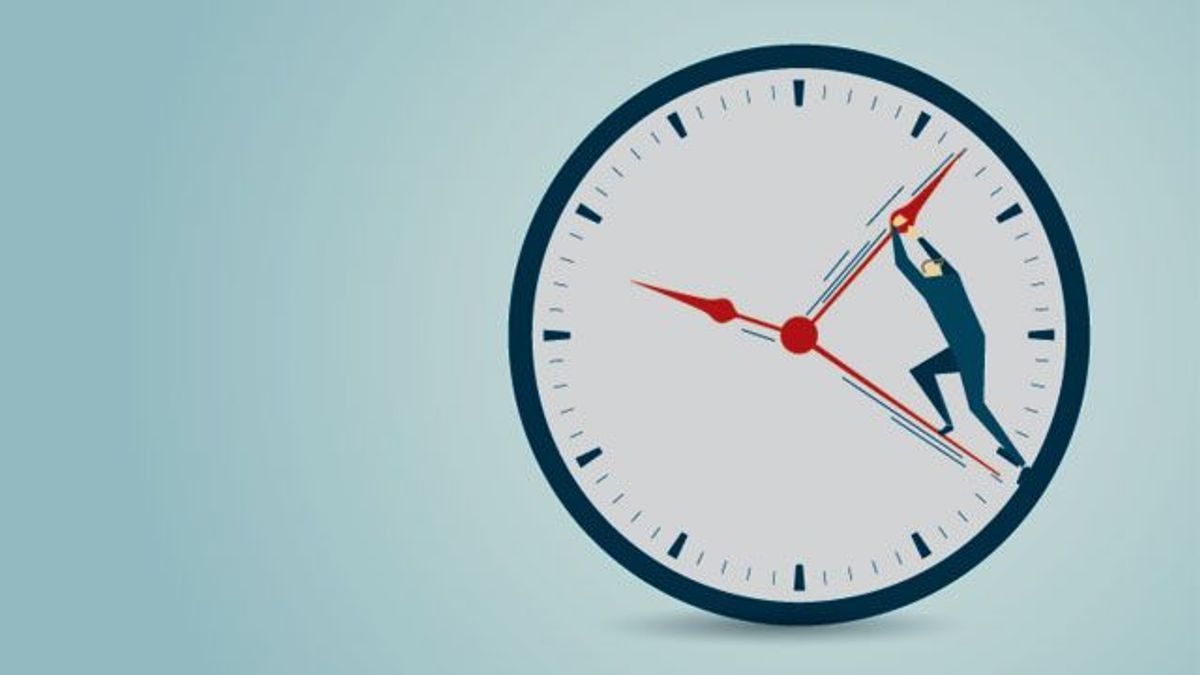
The
Arrow of Time
Over the past centuries, scientists have debated about
why time only moves in one direction, which is forward. The direction of time
that we have observed is very real: coffee spilled but cannot be “unspilled”,
bread baked but cannot be “unbaked”. Notice how there is no specific word that
describes the antonyms of spilled and baked because going backward in time is
simply not ordinary in this universe. Hence, why does time only move in one
direction? When does time start? What exactly is the meaning of time?
Throughout this paper, I will present how the second law of thermodynamics
prohibits time to move in a different direction than it is now and how it all
started by the Big Bang.
In
order to comprehend the theory behind the arrow of time, there is a necessity
to know the meaning of time in Physics. In classical physics, the concept of
time generally used is that of absolute time (or Newtonian time) which is
“independent of any perceiver, progresses at a consistent pace for everyone
everywhere throughout the universe, and is essentially imperceptible and
mathematical in nature” (Absolute Time,
2019). In this concept, time is completely separated into space. According to
Newton, “the interval of time between two events, and that this time would be
the same whoever measured it, provided they used a good clock” (Hawking 18).
Fast-forwarding to the 20th century, Einstein would disagree with the absolute
time theory. Based on Einstein, the measurement of the clock depends on the
person who holds the clock. According to Einstein’s special relativity, “the
life span of a person or a particle moving at nearly the speed of light will
appear longer to a person watching from a stationary viewpoint than to someone
traveling alongside the moving person” (Gates 36). Everything is relative, and
therefore there is no absolute value of time or space for each person. Time is
not a distinct quantity from space, but it coexists with the dimension of
space. Henceforth time is “the indefinite continued progress of existence and
events in the past, present, and future regarded as a whole” (Merriam-Webster). It is a unique
combination of space and time and not just simply an inch or seconds.
If
time is the continued progress of events, then when does time exactly started?
Space-time would have a boundary, and it all begins with the Big Bang. The Big
Bang says the universe as we know it started with a small singularity, then
inflated over the next 13.8 billion years to the cosmos that we know today. If
the law of relativity is correct, then the universe must have started off with
a point of “infinite density and infinite curvature of space-time” (Hawking
133). Unless a scientist would find an event where there is a starting point of
a singularity, then the Big Bang theory would fit in with the starting point of
time. Inserting the concept of Big Bang to Einstein’s second law of
thermodynamics, “states that the entropy of an isolated system always increases
with time” (Hawking 144), we may find the reason behind the arrow of time. The
direction of time always moves forward, we remember the past but not the
future. Applying the second law of thermodynamic, we may find that disorder
increase in the same direction of time as that in which the universe expands.
Things would always tend to go wrong or in disorder, and time goes only in that
direction. An example would be when a cup shattered to the floor. There would
be no reverse action that can be done from the shattered glass back into the
cup form. Thus “disorder will tend to increase with time if the system obeys an
initial condition of a high order” (Hawking 146). If we think reversely, and
presuppose that God decided that the universe should finish in high order
rather than in disorder, then we may find that shattered glass could go back
into the cup form by itself. However, that is not the case for this universe.
Big Bang started off with an ordered state, and hence the “end” of this
universe would be a disordered state, allowing time to be directed to the
disordered state.
In
conclusion, time is the continued progress of existence in the dimension of
space. The arrow of time moves in the direction forward, going from past,
present, and future starting off from the Big Bang. Since the Big Bang started
off as a small singularity in an ordered state and inserting the law of
thermodynamics into the case, then we may find that the arrow of time points
toward the disordered state in which we are progressing right now. This idea of
time allows us to recognize the existence of God. The scientific laws would not
be able to tell us “what the universe should have looked like when it started-
it would still be up to God to wind up the clockwork and choose how to start it
off” (Hawking 140). Without the role of God, there would be no “starting point”
of time. Therefore, as long as the universe had a beginning, then there must be
a creator.
Works
Cited
Falk, Dan. (July 19,
2016). “A Debate Over the Physics of
Time.” Quanta Magazine. Retrieved
“Absolute Time.” Exactly what is… time?. Retrieved
Gates,
Evalyn. Einstein’s Telescope. 2009.
Hawking,
Stephen. A Brief History of Time. 1988.
Reichenbach, Hans. “Time.” The
Philosophy of Space and Time. 1958.
Comments
Post a Comment